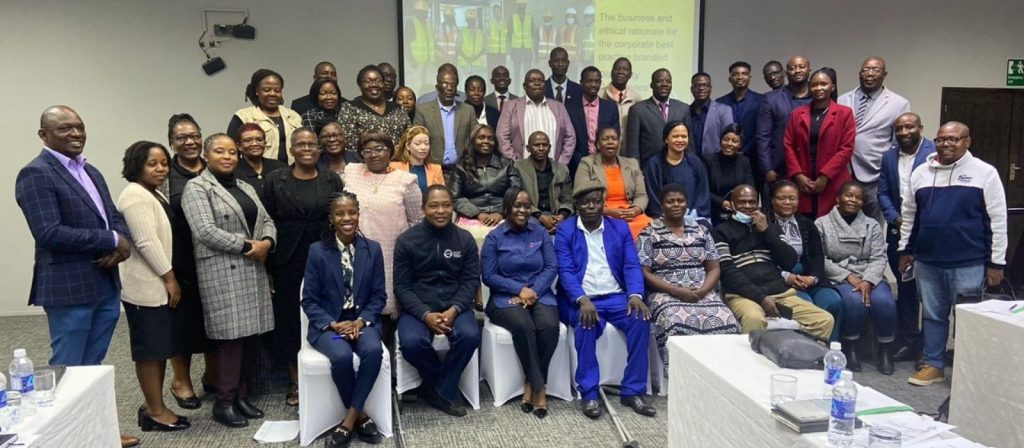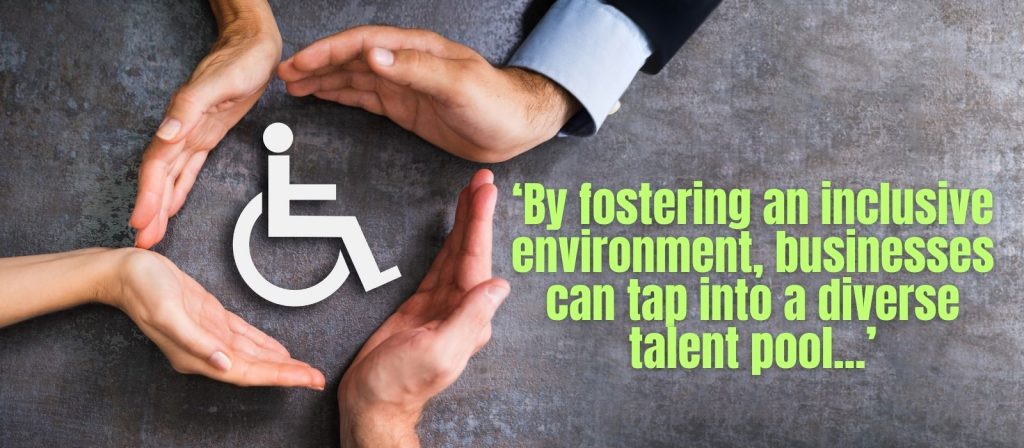
Environmental, Social, and Governance (ESG) metrics have become pivotal in evaluating the sustainability and societal impact of businesses. While the “E” and “G” often dominate conversations, the “S” which includes social factors such as diversity and inclusion, is frequently overlooked. The social component of ESG focuses on a company’s relationships with its employees, suppliers, customers, and the communities where it operates. It encompasses issues such as labor practices, talent management, product safety, and data security. Among the most neglected aspects within this category is the inclusion of persons with disabilities (PWDs). Disability inclusion remains a peripheral concern, often overshadowed by more visible diversity initiatives. This oversight is not only ethically problematic but also economically imprudent.
The Economic Case for Disability Inclusion
Disability inclusion is not merely a moral imperative; it is a strategic advantage. Studies indicate that companies with diverse workforces, including individuals with disabilities, experience higher levels of innovation, improved employee morale, and better financial performance. Persons with disabilities bring unique perspectives and problem-solving skills that can drive creativity and competitiveness.
Several barriers impede the inclusion of PWDs in the workforce and these include:
- Attitudinal Barriers: Misconceptions and stereotypes about the capabilities of PWDs can lead to discrimination and exclusion.
- Physical Barriers: Inaccessible workplaces can prevent PWDs from participating fully in employment opportunities.
- Institutional Barriers: Lack of inclusive policies and inadequate enforcement of existing regulations can hinder progress.
To address these challenges and truly integrate disability inclusion, businesses need to take proactive steps that include:
- Policy Development and Implementation: Develop comprehensive disability inclusion policies that align with the United Nations Convention on the Rights of Persons with Disabilities (UNCRPD). Ensure these policies are not only in place but actively implemented and monitored.
- Workplace Accessibility: Invest in making physical and digital workplaces accessible. This includes modifications to office spaces, accessible technology, and ensuring that communication is inclusive.
- Training and Awareness: Conduct regular training sessions to educate employees about disability inclusion, addressing unconscious biases, and promoting a culture of respect and support.
- Partnerships and Networks: Collaborate with organizations like the International Labour Organisation’s Global Business and Disability Network (GBDN) to gain access to resources and best practices for disability inclusion.
Insights from the recently held National Business & Disability Network Workshop
I recently attended the National Business & Disability Network Workshop organized by the Federation of Organisation of Disabled People of Zimbabwe (FODPZ), and I can safely say this is one of the most impactful events I have attended so far. The workshop aimed to raise awareness about the forthcoming launch of the National Business & Disability Network and to introduce the new disability business case.
The program commenced with the Director of FODPZ, Mr. Marange, enlightening us on the correct terminology, emphasizing that the correct language is Persons with Disabilities (PWDs) rather than People living with disabilities. True disability arises when a person with impairment fails to access opportunities equally with non-disabled counterparts, often due to attitudinal barriers and ignorance. The workshop’s agenda was comprehensive and well structured, offering valuable insights and practical strategies for disability inclusion.
The workshop emphasized the need to address the “halo effect” and the disability confidence gap. It was eye opening to realize that in all the 15 years I have been in mainstream employment, I have never worked with PWDs. No proper infrastructure is in place in most workplaces that encourages the employment of PWDs, and workplace policies often do not include PWDs, especially in the private sector.
Forging New Partnerships
There is a great need to demystify disability, as it is not a barrier to success. It is essential to forge new partnerships that are impactful for all. The nation of Zimbabwe’s mantra, “Leaving No place and no one behind,” underscores the importance of inclusive practices.
Sightsavers is funding an Economic Empowerment project in Zimbabwe which aims to economically empower persons with disabilities by supporting their inclusion in formal waged employment and promoting self-employment and entrepreneurship. This involves facilitating skills training, job placements, internships, and entrepreneurial mentorships, as well as supporting micro-businesses and establishing business and disability networks (BDNs). Additionally, the project will build the capacity of employers and employee associations/unions to adopt more inclusive workplace practices in line with the UNCRPD and local development strategies, legal, and policy frameworks.
By fostering collaboration between businesses, government agencies, and disability organizations, NBDNs create a supportive ecosystem for disability inclusion in the workplace. This ultimately leads to a more diverse, productive, and equitable workforce that benefits both businesses and individuals with disabilities.
Conclusion
Addressing the silent “S” in ESG by demystifying disability is not just a matter of compliance or philanthropy; it is a strategic business decision that can yield significant benefits. By fostering an inclusive environment, businesses can tap into a diverse talent pool, drive innovation, and improve their bottom line. As the world moves towards greater sustainability and equity, it is imperative that disability inclusion becomes a core component of every business’s ESG strategy.
My key takeaway from the workshop was that the onus is upon all of us to ensure that the social dimension of ESG truly reflects the diverse society we live in. Be a business that cares. That is the only way that we can foster inclusion and build a supportive ecosystem for PWDs in the workplace.





Insightful Article Dorothy.
Thank you for the insights Dorothy. Its crucial to promote equality and equity in the labour market. Looking forward to more articles like these.